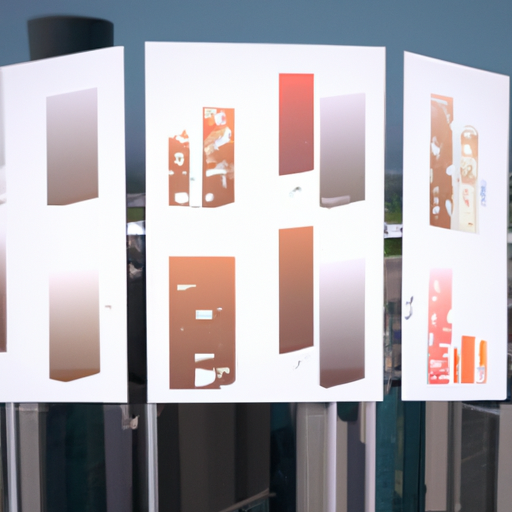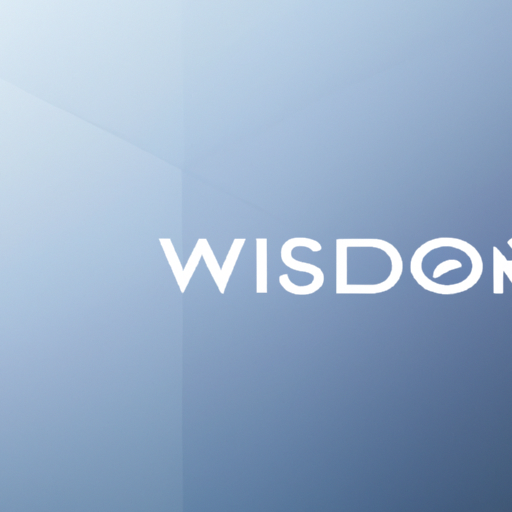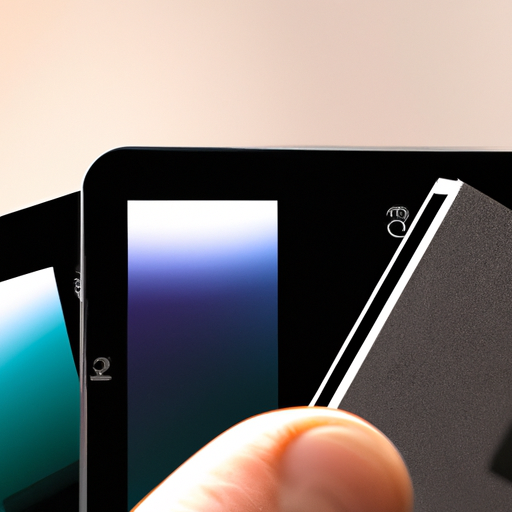“Unleashing Tomorrow: Your Key to the Web3 Revolution”
Unlocking the Future: A Comprehensive Guide to Web3 Technology

As we stand on the precipice of a new era in digital technology, it’s impossible to ignore the buzz surrounding Web3. This revolutionary concept, often referred to as the decentralized web, promises to transform our online experiences, making them more democratic, secure, and immersive. This article aims to provide a comprehensive guide to Web3 technology, demystifying its complexities and highlighting its potential to unlock a future where the internet is more equitable and user-centric.
Web3, or Web 3.0, is the next generation of the internet, a leap forward from the current Web2, which is characterized by social media, e-commerce, and the mobile web. While Web2 has undoubtedly brought significant advancements, it has also been criticized for its centralized nature, where a few tech giants control vast amounts of data and online activity. Web3 seeks to address this imbalance, leveraging blockchain technology to create a decentralized internet where users have greater control over their data and digital identities.
At the heart of Web3 is the concept of decentralization, facilitated by blockchain technology. Blockchain, the underlying technology behind cryptocurrencies like Bitcoin and Ethereum, is a distributed ledger system that records transactions across multiple computers. This decentralization ensures that no single entity has complete control, enhancing security and transparency. In the context of Web3, blockchain can be used to create decentralized applications (dApps), which operate on peer-to-peer networks rather than being controlled by a single authority.
Another key aspect of Web3 is the use of smart contracts. These are self-executing contracts with the terms of the agreement directly written into code. They automatically execute transactions when certain conditions are met, eliminating the need for intermediaries and reducing the potential for fraud or manipulation. Smart contracts can be used in a variety of applications, from financial services to supply chain management, further expanding the potential of Web3.
Web3 also promises to enhance user privacy and data ownership. In the current Web2 model, users often surrender their data to platforms in exchange for free services, a trade-off that has raised significant privacy concerns. Web3, on the other hand, envisions a model where users retain control over their data, deciding who can access it and for what purpose. This shift could fundamentally change the dynamics of the digital economy, empowering users and fostering a more equitable internet.
Moreover, Web3 is expected to usher in a new era of immersive online experiences through the integration of technologies like virtual reality (VR) and augmented reality (AR). These technologies could transform the way we interact with the web, creating more engaging and interactive experiences. Imagine, for instance, attending a virtual concert with friends from around the world or exploring a digital marketplace in a VR environment.
In conclusion, Web3 represents a significant shift in the way we interact with the internet. By leveraging blockchain technology, it promises to create a more decentralized, secure, and user-centric web. While the transition to Web3 will undoubtedly present challenges, the potential benefits are immense. As we move towards this new era of digital technology, it’s crucial to understand and engage with Web3, for it holds the key to unlocking a future where the internet is more equitable and immersive.


